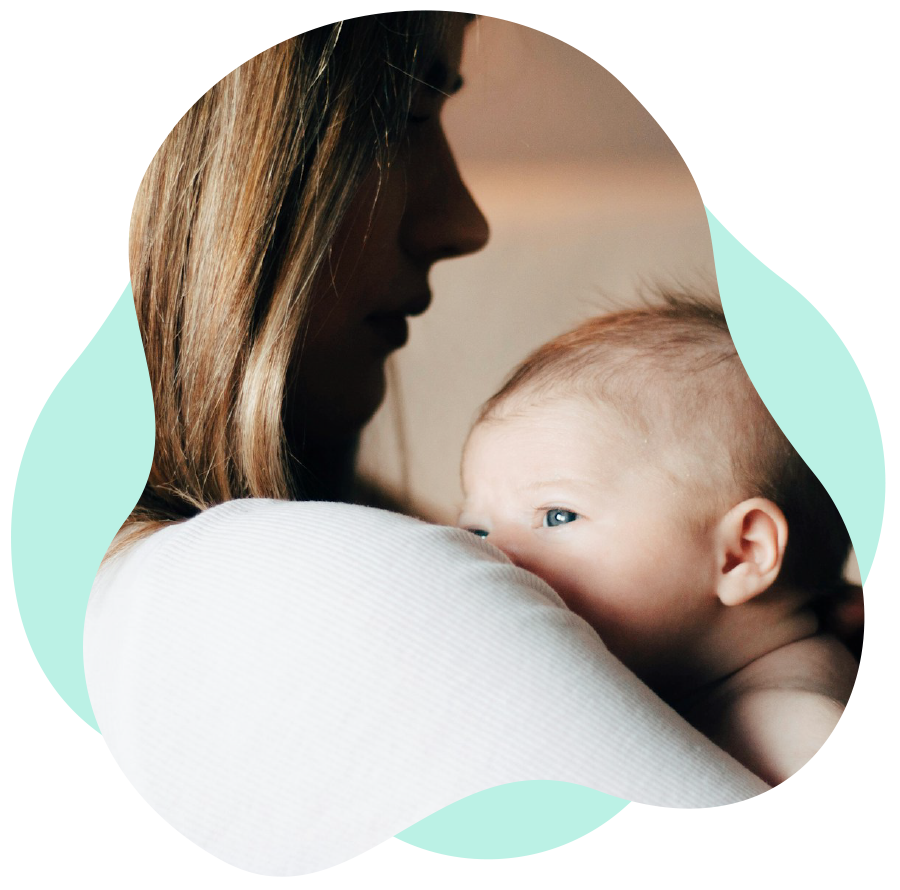How will congenital scoliosis affect my baby?
When your baby is first diagnosed with congenital scoliosis it is impossible for specialists to predict how much the curve of your baby’s spine will change as they grow. Every curve is different and each child’s spine grows at different rates meaning the condition is different in each child as they grow. The spine grows at its quickest in the first 5 years of life meaning that the curve should be carefully and regularly monitored by a scoliosis specialist during these first 5 important years.
Congenital scoliosis is different from early-onset scoliosis as this is the name given to scoliosis that is first diagnosed in younger children. It is important that all children with congenital or early-onset scoliosis are monitored under the care of a scoliosis specialist as they grow. If you need to find your nearest specialist, contact SSR.
What caused my baby to have congenital scoliosis?
Congenital scoliosis happens because the vertebrae do not form as they should while a baby is growing in the womb, ‘vertebrae’ are the small bones that make up the spine, they are similar to a tower of building blocks. Some of these small bones in the tower, or spine, might be missing or some of them might not be fully formed, which can cause the spine to curve as it grows. This can start to happen in the first 6 weeks of pregnancy, but why it happens is not fully understood. Most causes of congenital scoliosis do not seem to run in families.
How do I know my baby has congenital scoliosis?
Many women have routine ultrasound scans during pregnancy and these scans may show that a baby has congenital scoliosis. If the curve in the baby’s spine is not yet noticeable it may not be spotted until after the baby is born, or even until the baby is much older.
In some children, congenital scoliosis might not be obvious until the child approaches their teenage years.
What happens next?
If the scoliosis is noticed while the baby is still in the womb, an obstetrician (a specialist in childbirth) will discuss whether any special arrangements will be needed for the safe delivery of your baby. The obstetrician will explain these arrangements carefully as your pregnancy develops.
After your baby is born the scoliosis specialists may want to conduct further examinations to help care for your baby.
These examinations may include:
- An X-ray to look for parts of the spine that may not be fully formed
- A CT scan to produces detailed images of the structures inside the body, including internal organs, blood vessels and bones
- A kidney and heart assessment to see if the curvature of the spine has put pressure on these organs, (when a child is in the womb, the kidneys and heart form at the same time as the spine, the curvature of the spine could put pressure on organs).
- An MRI scan may also be needed to produce more detailed pictures of the spine.
What treatment could my baby receive?
Monitoring
A specialist will monitor the size of your baby’s curve as they grow into childhood. Some babies have a curve that remains the same size, other children’s curves will grow over time. It is likely that you will see a specialist multiple times a year but the exact amount of visits can vary from patient to patient. On each visit, the specialist will take and compare X-rays, allowing them to assess how the curve is changing. Some children will not need continued treatment because the curve straightens itself naturally over time.
Bracing
If the curve of your child’s spine increases as they grow, the specialist may advise bracing. Bracing prevents the spine from curving any further.
A brace is often made from a lightweight plastic and should usually be worn for 23 hours a day. A brace can mean that the child can keep growing for longer whilst preventing the curve from worsening. The brace can be used to control the condition while a more permanent treatment, such as surgery, can be considered. As the child grows, new braces will need to be made.
If you need help or advice please call our Helpline on 020 8964 1166 or email info@ssr.org.uk.





